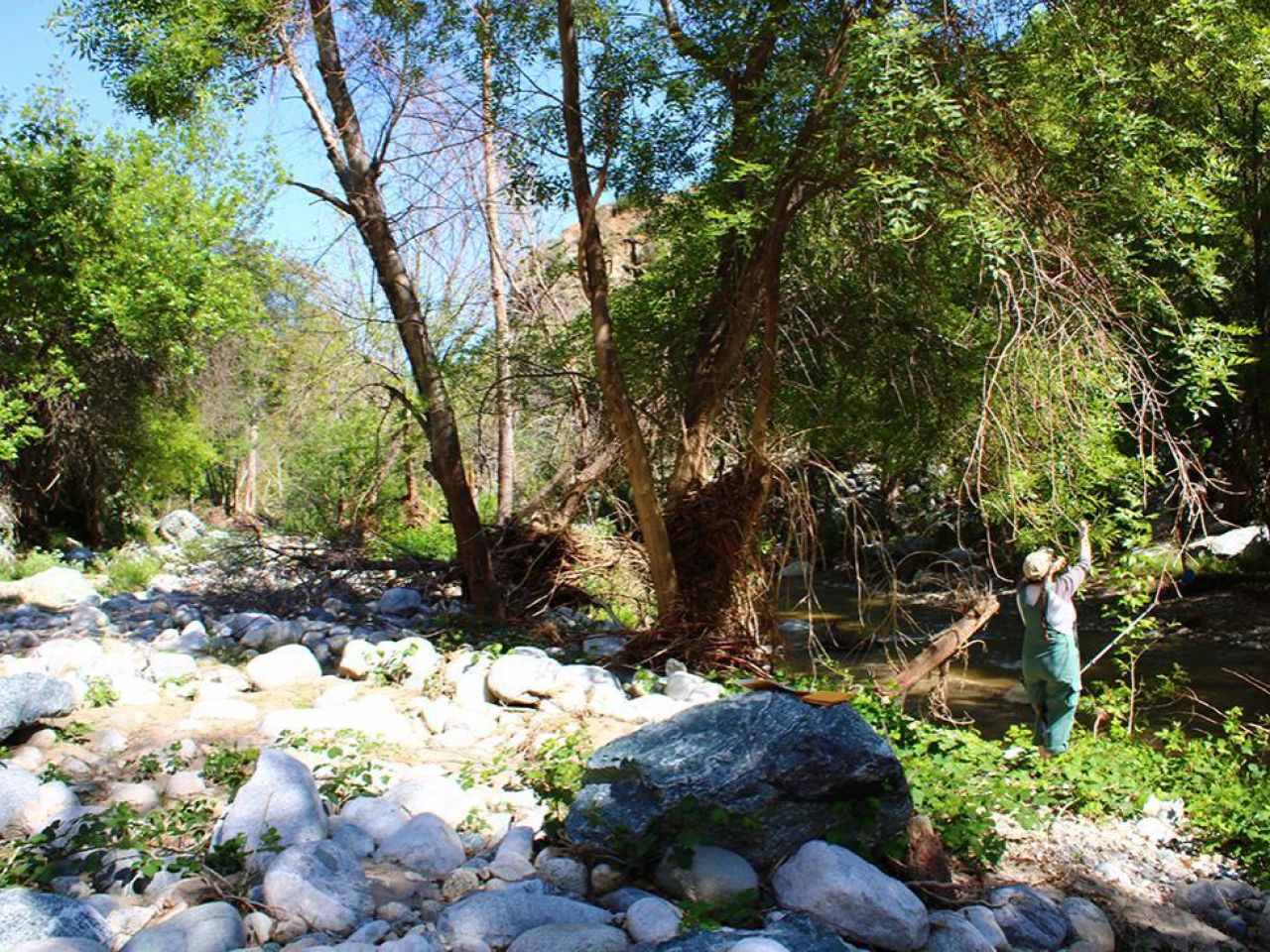January 08, 2025
Ash tree variability may offer restoration path post-beetle decimation
The invasive emerald ash borer, according to the U.S. Department of Agriculture, was first found in the United States in southeast Michigan in 2002. In the decades since, the wood-boring beetle has spread east and west across the U.S. and Canada, killing tens of millions of ash trees, causing one of the costliest forest insect invasions to date. Researchers at Penn State are working with the U.S. Forest Service and other partners to identify and develop ash trees genetically able to withstand the beetles’ onslaught and strategize how to restore ash to forests.

The invasive emerald ash borer, according to the U.S. Department of Agriculture, was first found in the United States in southeast Michigan in 2002. In the decades since, the wood-boring beetle has spread east and west across the U.S. and Canada, killing tens of millions of ash trees, causing one of the costliest forest insect invasions to date. Researchers at Penn State are working with the U.S. Forest Service and other partners to identify and develop ash trees genetically able to withstand the beetles’ onslaught and strategize how to restore ash to forests.
Credit: https://www.psu.edu/news/research/story/ash-tree-variability-may-offer-restoration-path-post-beetle-decimation